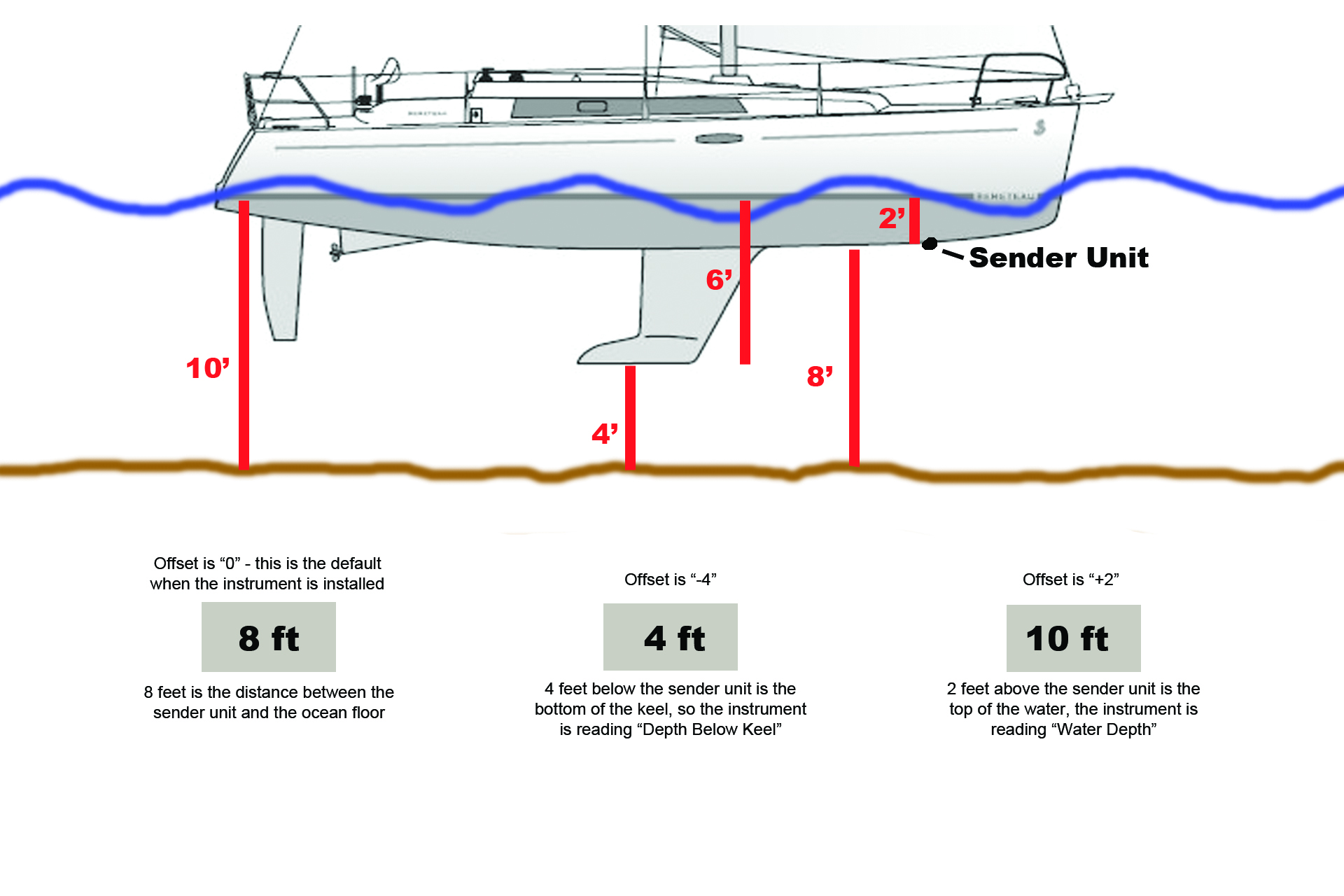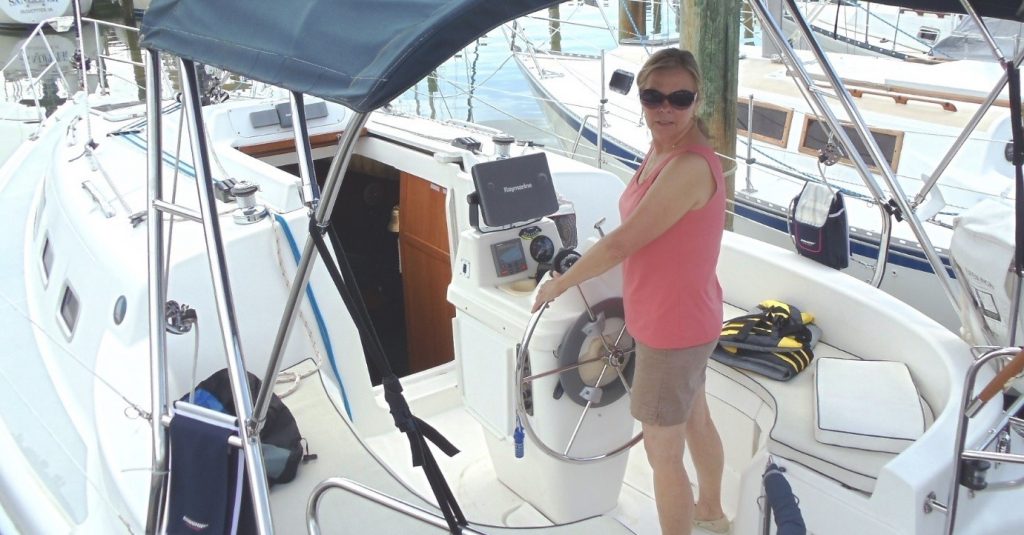One of my New Year’s resolutions this year was to appreciate more and participate more in the many benefits and opportunities that our Tradewinds Sailing Club offers. In particular, I had the Ballena Bay Yacht Club Associate Membership in mind. Ever since Tradewinds connected us with BBYC, I have been receiving many invitations to events and activities, but never made time to actually go there.
Not wanting to miss out any longer, and having a free Saturday, I grabbed a friend and headed to the “Rules of the Nautical Road Seminar” scheduled for that day. It was held in the sunny and bright BBYC club house right on the water in Ballena Isle Marina, Alameda. A group of interested boaters with note pads, digital and old fashioned paper, had gathered around the coffee machine and sweet treats on a table. Soon, we were introduced to the presenter of the seminar, BBYC Vice Commodore Lu Abel, looking dapper wearing his Marine Signal Flags suspenders. He had the U.S. Power Squadron presentation set up on a lap top and led us through the first 38 Rules of Navigation as we watched colorful and accurate graphics on a screen. It was easy to listen to his explanations of the sometimes dry and convoluted official rules and he held our attention for almost 2 hours. Afterwards, a lively question and answer session followed. Lu was happy to share his knowledge and pointed out that there are many other Power Squadron topics for mariners available for us to learn from.
I was very happy to have participated in this important seminar to help everyone be safer on the water and know what the rules are. My friend and I received a very warm welcome from all at BBYC, especially from Commodore Rees, who said that BBYC loves the Tradewinds members that have visited so far, and enjoys working with Brandy and Matt to make it possible for us to be part of the club. She fondly remembered a whole bunch of our members with an instructor who recently came to Ballena Isle and had a wonderful time sailing over, relaxing at the dock, and sharing sea stories at the bar.
BBYC certainly offers a lot. Every month of the year, several invitations arrive in my mail box. In January alone, there was a fresh Crab Feed, an Evening in Paris get- together, and the R of the R seminar. Then, it’s watching the Super Bowl with cold beer and popcorn, a Chili Cook Off, a culinary treat with a Taste of Greece, and just in time for Valentine’s Day, a Sweethearts Dinner. The club is open daily for Happy Hour, where we can enjoy a beverage and chat with old (and young) salts. We are invited to Cruise-outs to explore new places in the Bay, or Cruise-ins from other yacht clubs for merriment and camaraderie, or to the Race Program to test our sailing skills. And not to forget, BBYC belongs to the Pacific-Club Yachting Association (PICYA) which allows members to receive reciprocal privileges in many Northern California yacht clubs.
So much fun, so much to do! This will be one New Year’s resolution I can stick to all year long.
Thanks, TWSC and BBYC,
Marianne Wheeler
Tradewinds Instructor since 2002
-
Recent Posts
Recent Comments
Links







